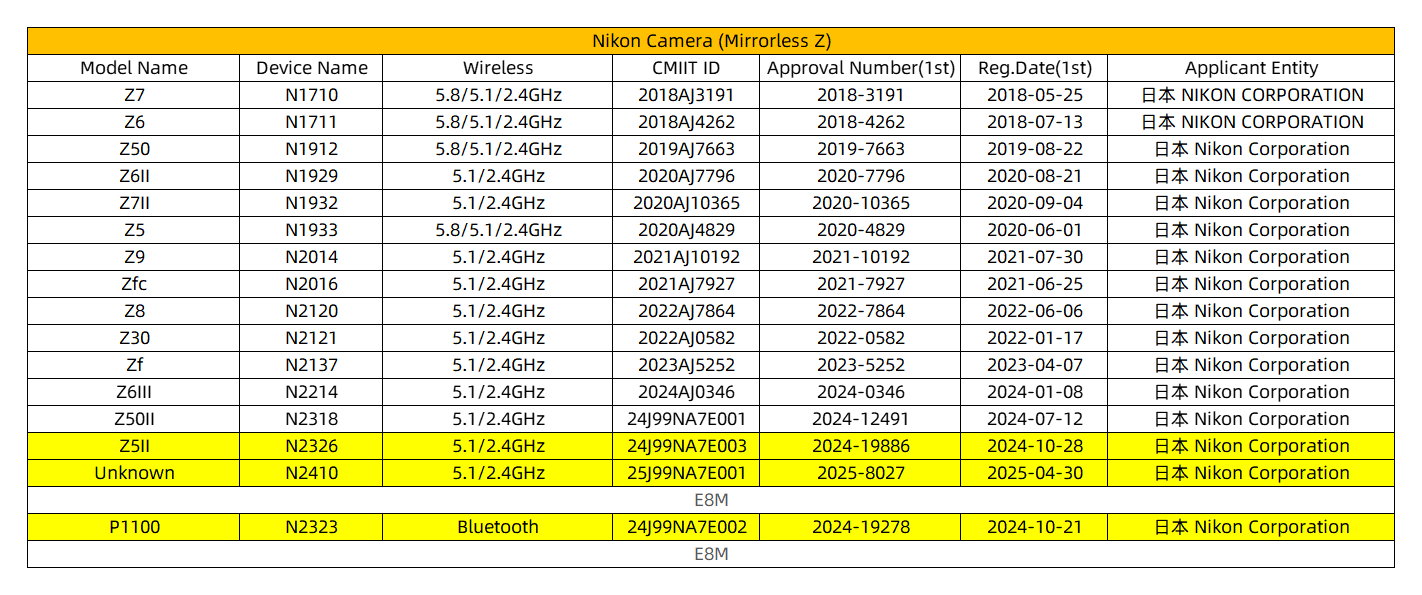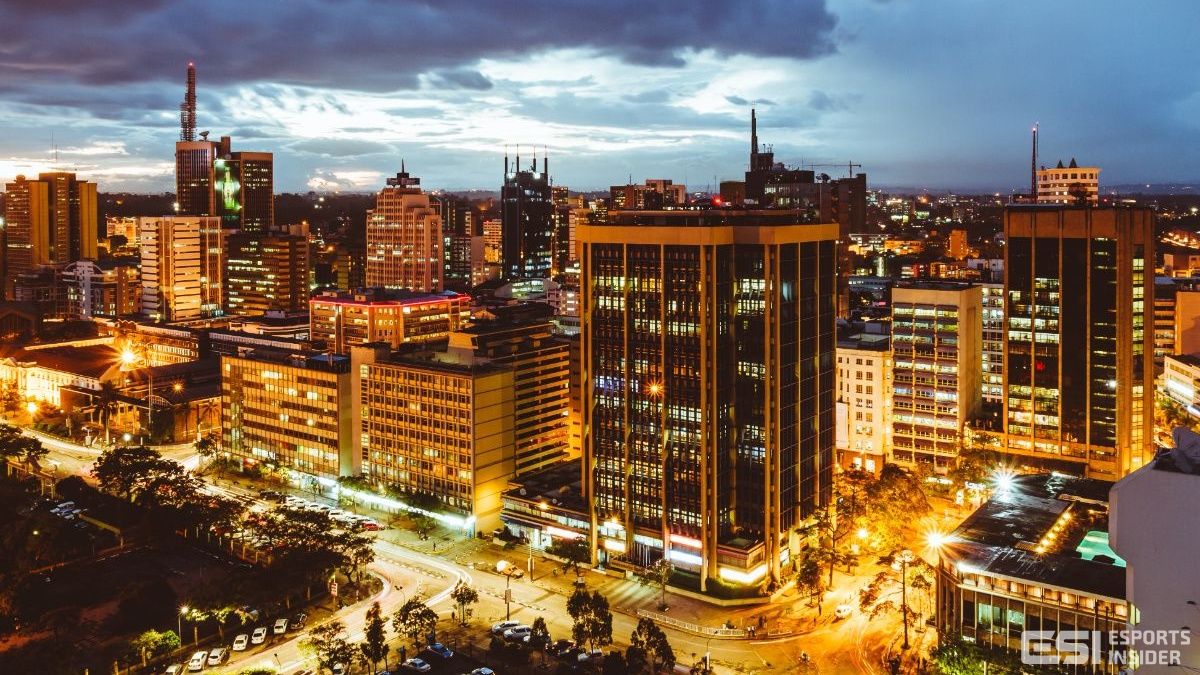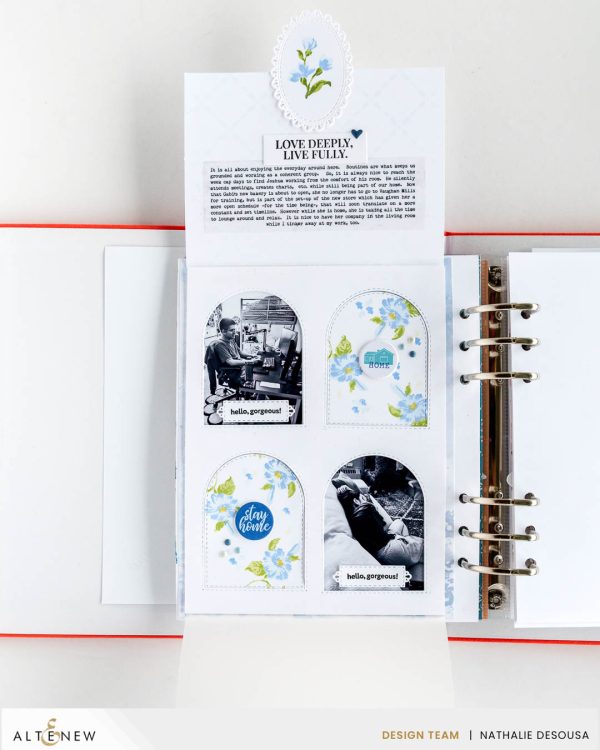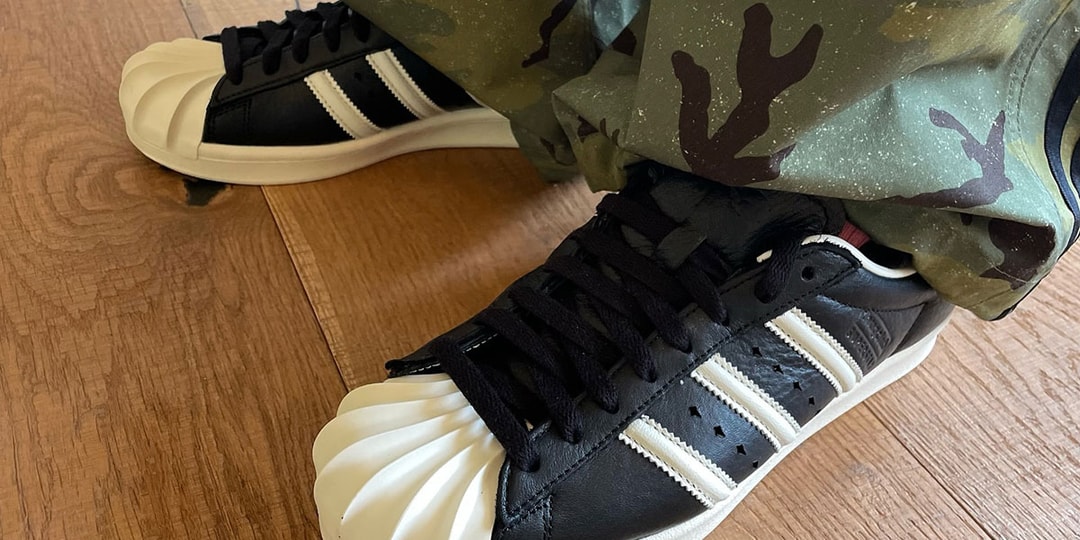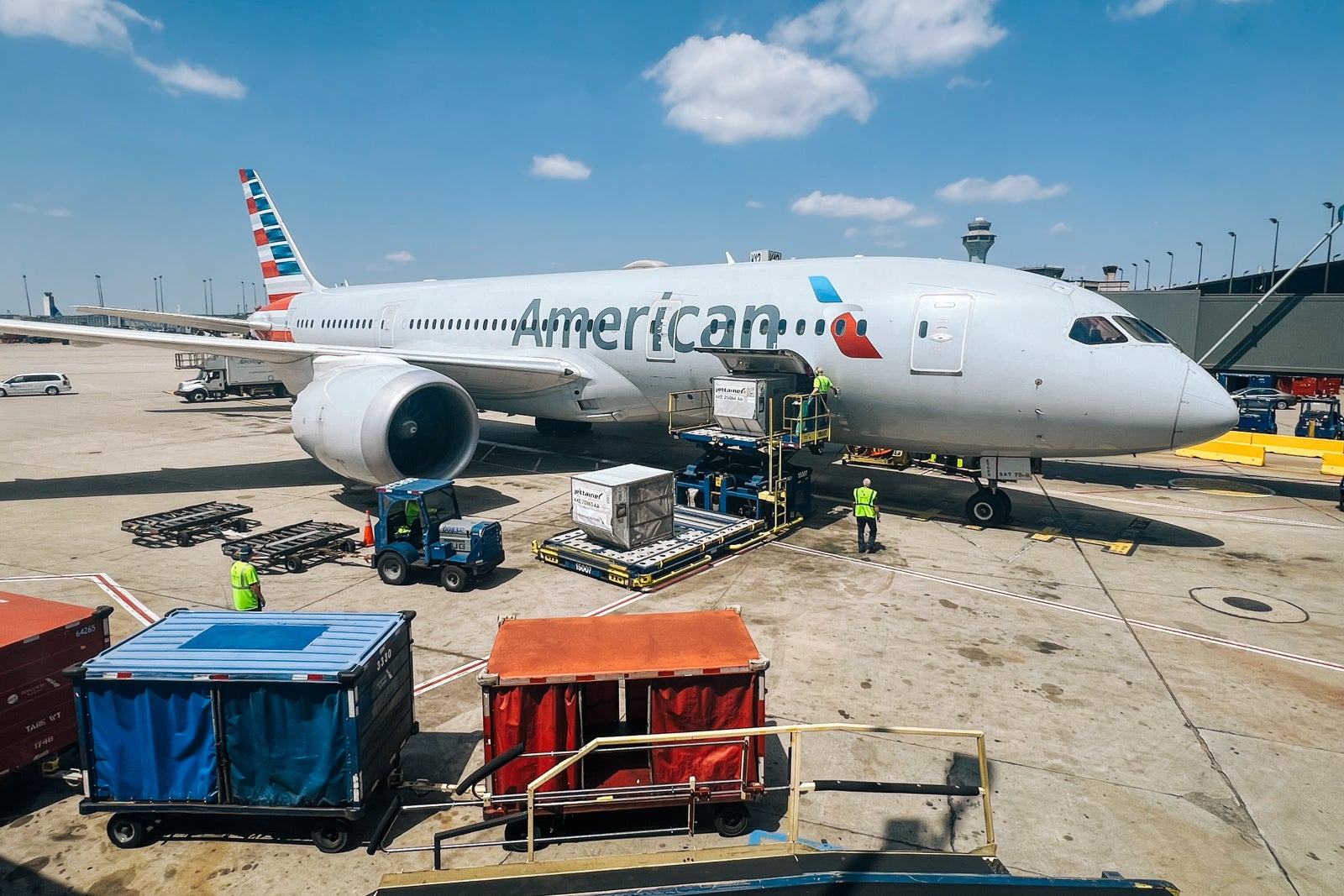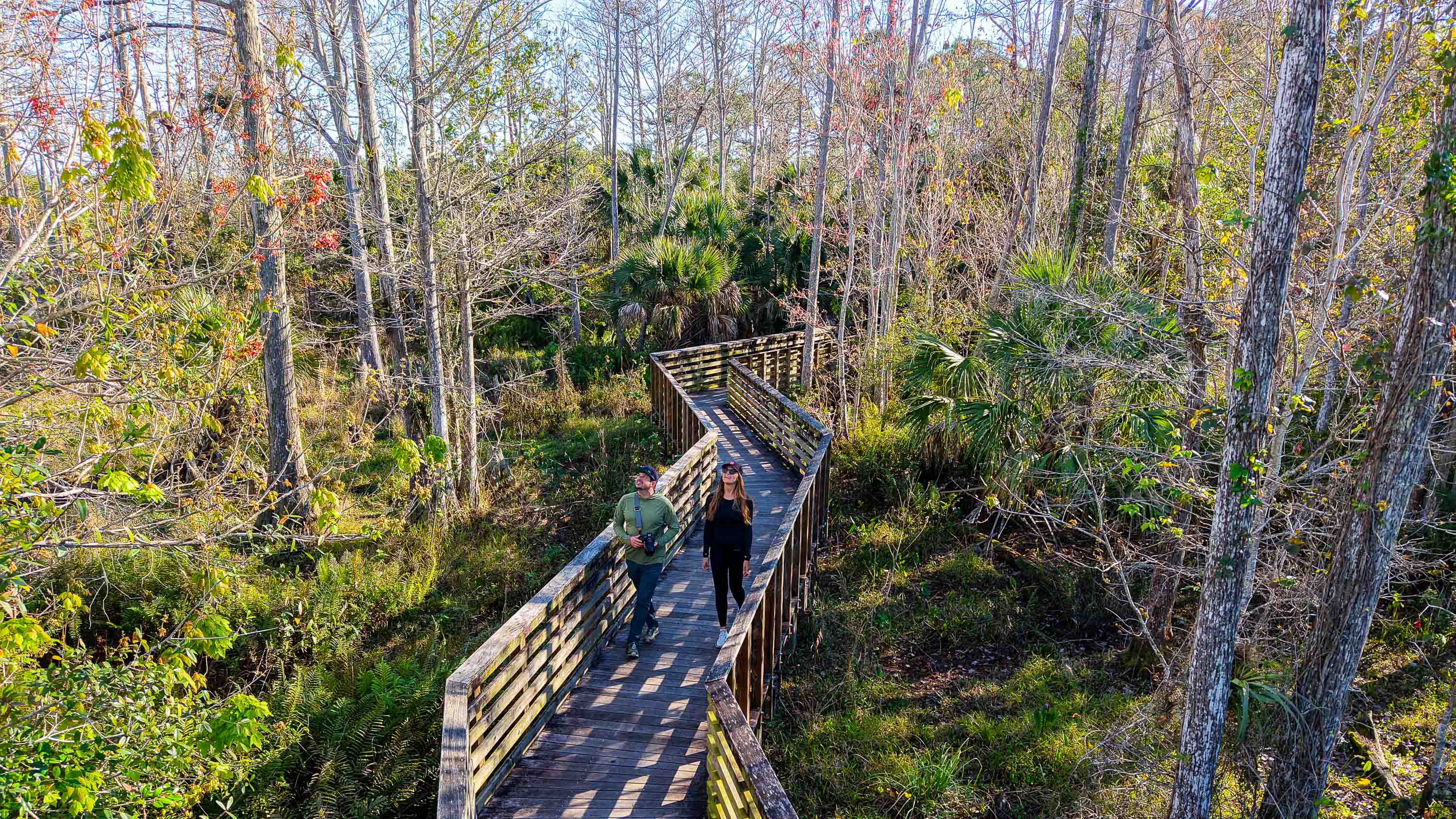Chase Sapphire Preferred vs. Chase Sapphire Reserve insurance benefits – Which is better?
Editor’s note: This is a recurring post, regularly updated with new information and offers. Many travel credit cards have similar names, and that can be confusing. It seems like every card name contains the word platinum, preferred, premier or reserve somewhere in the title. It’s important to know the distinctions between each because the benefits …

Editor’s note: This is a recurring post, regularly updated with new information and offers.
Many travel credit cards have similar names, and that can be confusing. It seems like every card name contains the word platinum, preferred, premier or reserve somewhere in the title. It’s important to know the distinctions between each because the benefits you’ll find on each card can vary dramatically.
Take the Chase Sapphire Preferred® Card (see rates and fees) and the Chase Sapphire Reserve® (see rates and fees), for example. Their titles are alike, they earn the same type of points and the cards even kind of look similar. But many of their benefits are very different. And they should be. The Chase Sapphire Preferred comes with a $95 annual fee, while the Chase Sapphire Reserve has a $550 annual fee.
Let’s compare some of the most important perks of these two cards: travel and purchase protections. These are huge factors when choosing the right travel credit card.
Keep in mind that benefits terms can change at any time, so always consult your card’s guide to benefits before filing a claim.
Trip cancellation and interruption insurance
Trip interruption and cancellation insurance is something you’ll (hopefully) rarely use. But when you do need it, you could be spared from forfeiting several thousand dollars in nonrefundable travel.
This coverage reimburses prepaid trip expenses that would otherwise be lost when you change or cancel your trip for a covered reason. You might even qualify for a new flight away from your destination, depending on the circumstances. Here are the differences between each insurance:
- Trip cancellation: Disaster strikes, and you cancel your trip before it begins
- Trip interruption: You’re on your trip and disaster strikes, causing you to change your plans
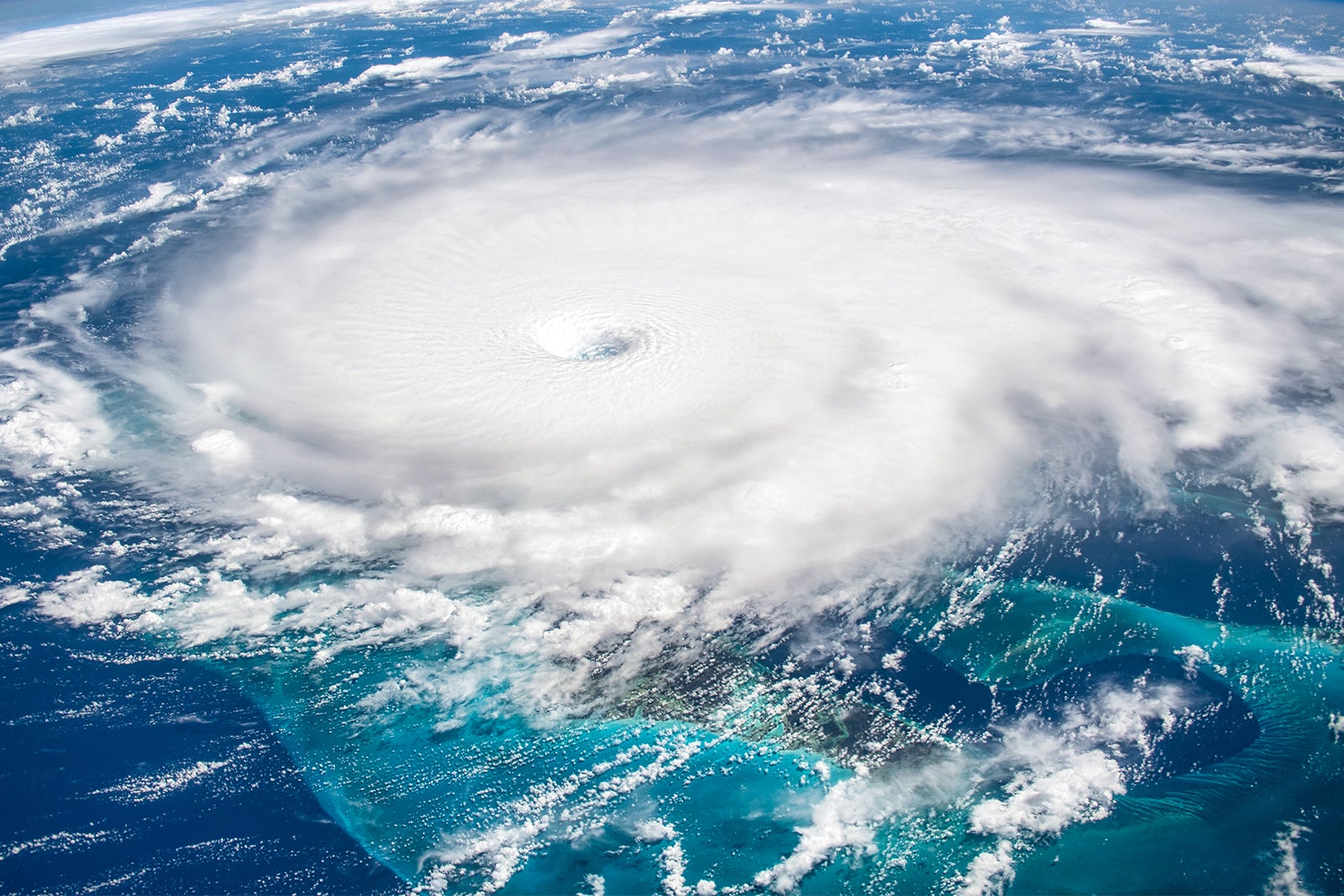
Covered reasons that make you eligible for these insurances include:
- Accidental bodily injury, loss of life or sickness experienced by you or a traveling companion that prevents either of you from traveling
- Accidental bodily injury, loss of life or sickness experienced by an immediate family member of yours or your traveling companion that prevents either of you from traveling
- Severe weather
- Named storm warning
- Change in military orders for you or your spouse
- A call to jury duty or court subpoena
- You or your travel companion’s place of residence becomes uninhabitable due to burglary, fire or flood
- You or your travel companion’s lodging accommodations at your destination are made uninhabitable
- Death or hospitalization of your host or your traveling companion’s host at your destination
- Quarantine of you or your travel companion imposed by a physician or by a competent governmental authority having jurisdiction, due to health reasons
- An organized strike affecting public transportation that causes you or a travel companion to miss 20% or more of the scheduled duration of the trip or miss the departure of a prepaid cruise or tour (booked through a tour operator) that you’re scheduled to take
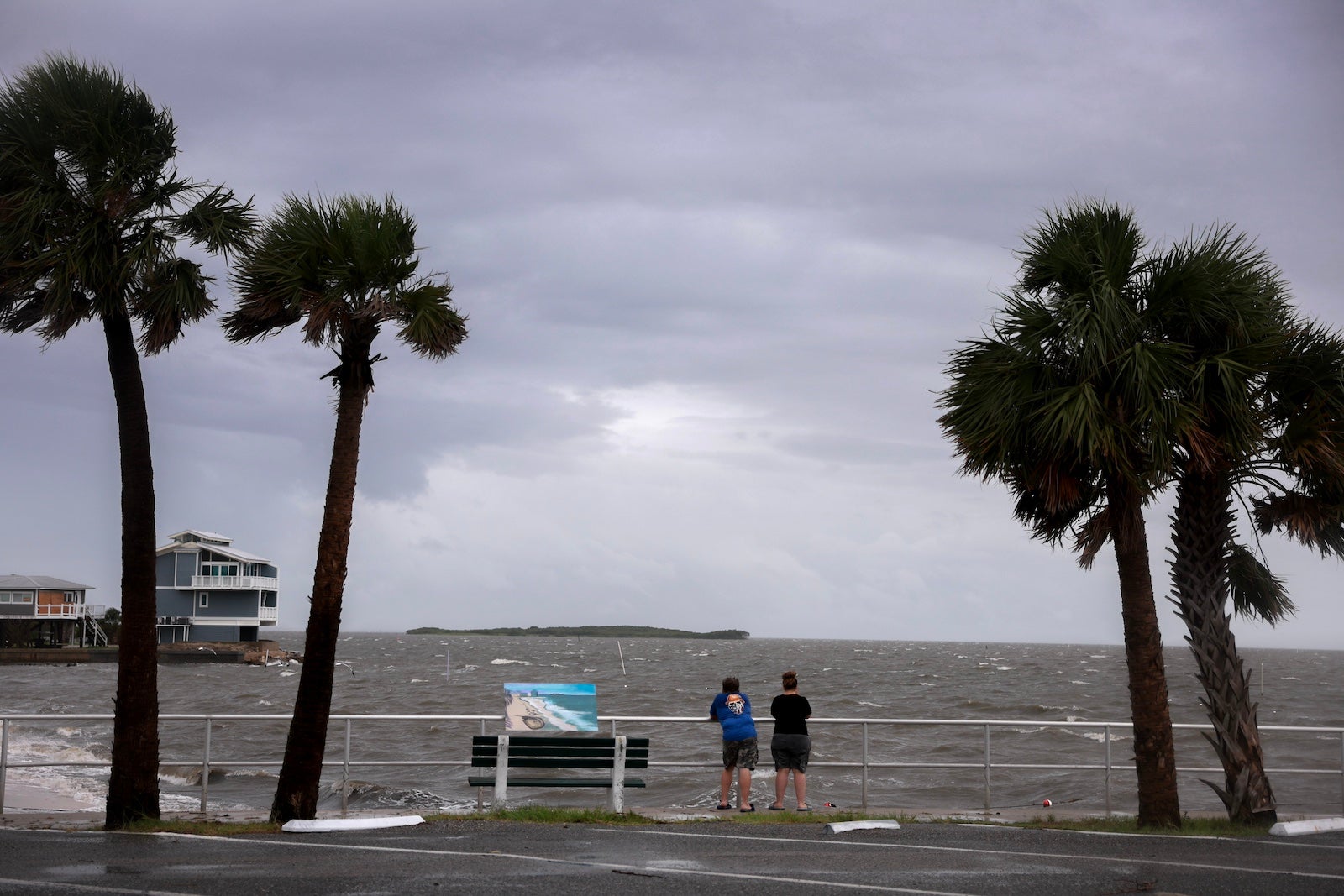
Additionally, there are losses that are specific to trip cancellation coverage only:
- A terrorist incident within 25 miles of your or your traveling companion’s permanent residence within 30 days of your scheduled departure date
- A terrorist incident within 25 miles of an airport, reserved lodging or host at your destination on your itinerary within 30 days of the scheduled arrival
- A U.S. government-issued travel warning due to terrorism issued within 10 days of your scheduled departure and covering your or your travel companion’s permanent residence
- A U.S. government-issued travel warning related to terrorism and within 25 miles of an airport, reserved accommodation or host location within 30 days of scheduled departure
For trip interruption, the following also apply:
- A terrorist incident occurs during your trip and within 25 miles of an airport, reserved lodging or host destination at your destination on your itinerary
- A U.S. government-issued travel warning related to terrorism is issued during your or your traveling companion’s trip within 25 miles of an airport, reserved lodging or host at your destination
Both the Sapphire Preferred and the Sapphire Reserve offer identical insurances: up to $10,000 per covered person with a maximum of $20,000 per trip. They also stipulate a maximum payout of $40,000 per 12-month period.
For reference, you can consult the Sapphire Preferred benefits guide here. Click here for the Sapphire Reserve benefits guide.
Baggage delay insurance
Delayed luggage can happen to anyone. If you travel with even moderate frequency, you’ve probably experienced this a handful of times.
Baggage delay protection reimburses you for select necessities you purchase while you’re waiting for your checked bag. The delay must be caused by the common carrier (airline, cruise, train, etc.). Eligible purchases include:
- Toiletries
- Clothing
- Chargers for electronic devices
- Essential items
Again, the Chase Sapphire Preferred and Chase Sapphire Reserve offer the same protection here: $100 per day for up to five days. This insurance kicks in after a baggage delay of six hours or more. You and your immediate family are covered.
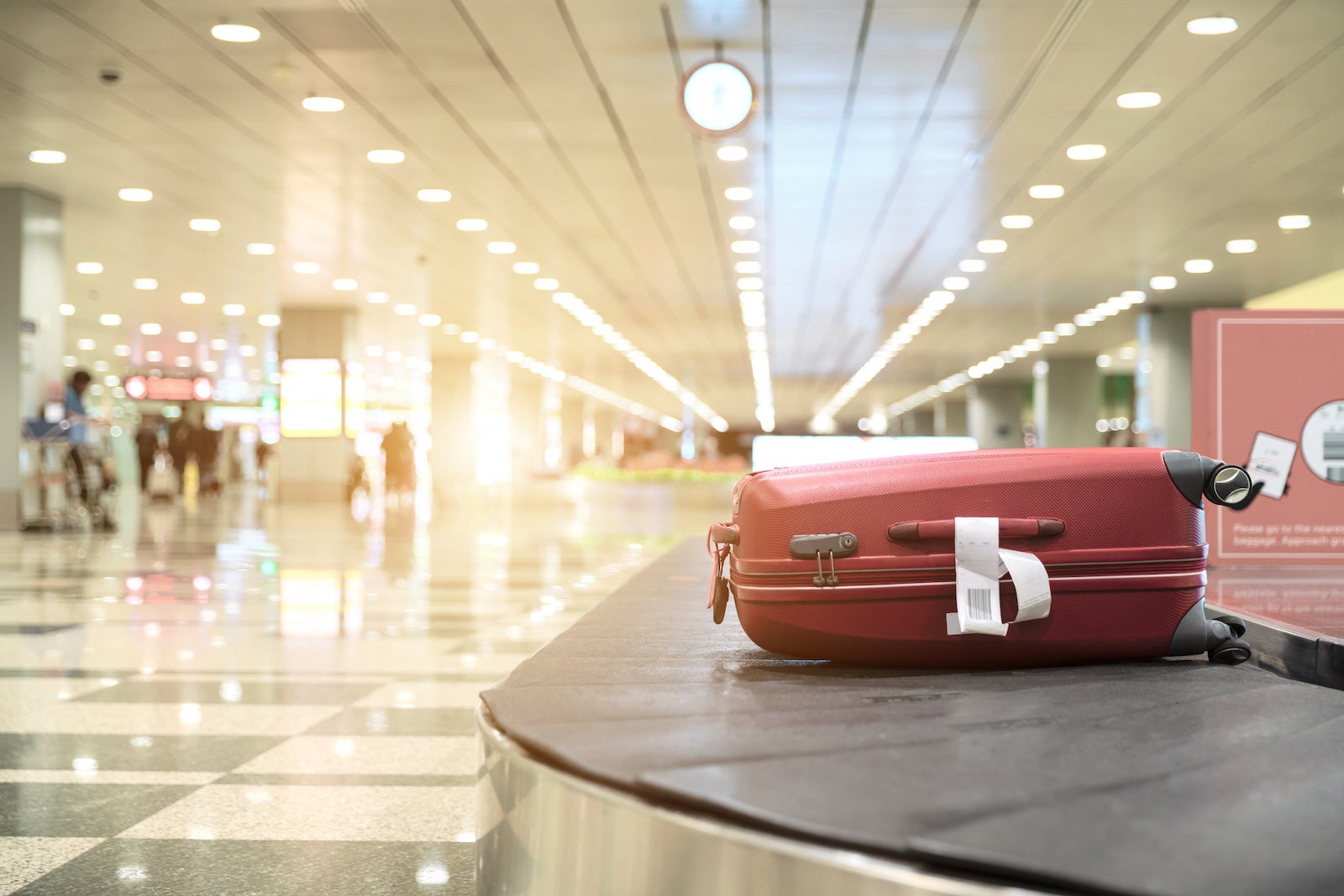
Note that this coverage is in excess of what’s provided by your carrier, and you must report the baggage delay to your carrier for the benefit to apply.
Related: Best credit cards that offer delayed baggage insurance
Lost luggage reimbursement
Lost luggage reimbursement can cover the cost of repairing or replacing items that are lost, damaged or stolen. Coverage applies to checked and carry-on baggage during a trip for which you used your card to pay at least part of the cost. Both cards have a maximum benefit of up to $3,000 per covered person per trip. New York residents are limited to $2,000 per covered person.
Note that both cards include a sub-limit of up to $500 for jewelry and watches and a $500 limit for cameras and electronic equipment. You should also be aware that coverage does not extend to items you accidentally forgot or left behind.
If your claim applies to checked luggage, you must report it to the common carrier within the carrier’s mandatory time frame. For carry-on baggage, you must report the situation to the carrier as soon as you exit the plane, bus, train or ship.
Trip delay reimbursement
Trip delay insurance reimburses you for reasonable expenses resulting from an extended delay with a common carrier. The terms are a bit loose when defining “reasonable expenses,” but eligible purchases include:
- Meals
- Lodging
- Toiletries
- Medication

Here’s what each card offers:
- Chase Sapphire Preferred: Up to $500 per covered traveler (triggers after a twelve-hour or overnight delay)
- Chase Sapphire Reserve: Up to $500 per covered traveler (triggers after a six-hour or overnight delay)
The Chase Sapphire Reserve wins this category handily. The ability to be reimbursed for $500 in “reasonable” purchases just six hours into a delay is fantastic and one of the most generous travel perks of any card on the market.
That said, if your budget doesn’t have room for the Sapphire Reserve, the Sapphire Preferred’s trip delay reimbursement is still solid.
Related: Best credit cards for trip delay reimbursement
Purchase protection
Purchase protection covers you from theft, accidental damage or involuntary and accidental parting with your eligible purchase. Your item may be replaced or repaired if at least a portion of your purchase was charged using a card that offers this benefit, such as the Sapphire Reserve or Sapphire Preferred.
Here’s what each card offers:
- Chase Sapphire Preferred: Up to the cost of the item or up to $500 per claim, up to $50,000 per account (incident must occur within 120 days from the date of purchase)
- Chase Sapphire Reserve: Up to the cost of the item or up to $10,000 per claim, up to $50,000 per year (incident must occur within 120 days from the date of purchase)
You should also note that there are items not eligible for coverage, which can be found in your benefits guide.
Again, the Chase Sapphire Reserve wins hands down. Hopefully, you won’t need this perk often, but if you’re planning to buy a costly item, the Chase Sapphire Reserve is the way to go.
Related: Best credit cards for purchase protection
Extended warranty protection
Extended warranty protection lengthens the original warranty on eligible products. It does not augment the protection you get; it only extends the expiration of the coverage.
The extended warranty terms from both cards are the same: one additional year on eligible warranties of three years or less, up to a maximum of $10,000 per claim and $50,000 per account.

Certain purchase types are not covered, and you’ll need to either register your warranty or keep the original receipt and credit card statement showing the purchase. One of these is required for submitting a claim during the extended warranty period.
Related: Best credit cards for extended warranty protection
Primary rental car insurance
Credit card primary rental car insurance saves you from paying for the in-house insurance offered by the rental car agency.
This insurance covers you for theft and collision damage. Simply decline the rental agency’s CDW waiver and pay for your rental in full with your eligible card to enjoy these benefits.

Only rentals of 31 consecutive days or less qualify. Also, not all cars are covered. Examples of some that Chase refuses to cover are:
- Antique cars
- Cargo vans, vehicles with open cargo beds or trucks other than pick-up trucks
- Motorcycles, mopeds or motorbikes
- Limousines
- Recreational vehicles
- Passenger vans with seating for more than nine people, including the driver
Both the Chase Sapphire Preferred and Chase Sapphire Reserve offer primary rental car insurance:
- Chase Sapphire Preferred: Up to $60,000, excluding some higher-end and exotic cars
- Chase Sapphire Reserve: Up to $75,000
Note that this coverage in no way covers damage to property other than your rental car. If you crash into another car, Chase will not cover damage to the other party’s property. Coverage also does not apply to personal liability, loss of personal property in the vehicle or damage that occurred due to reckless or off-road driving.
However, additional drivers listed on the rental are also covered under this protection.
Related: Best credit cards for primary rental car coverage
Roadside assistance
If you experience problems while driving and need assistance like towing or someone to help you get into the car when you’re locked out, Sapphire cardholders can call for these services at any time. However, the costs involved can be different.
- Chase Sapphire Preferred: Cardholders pay for services they receive, but the Roadside Dispatch program can help to coordinate services. Cardholders call 1-800-847-2869; service is available in the U.S. only.
- Chase Sapphire Reserve: Events covered to a maximum of $50 each, up to four events per year. Cardholders can only receive service for the same problem once during a seven-day period. Cardholders can call 1-866-860-7978 in the U.S. or Canada.
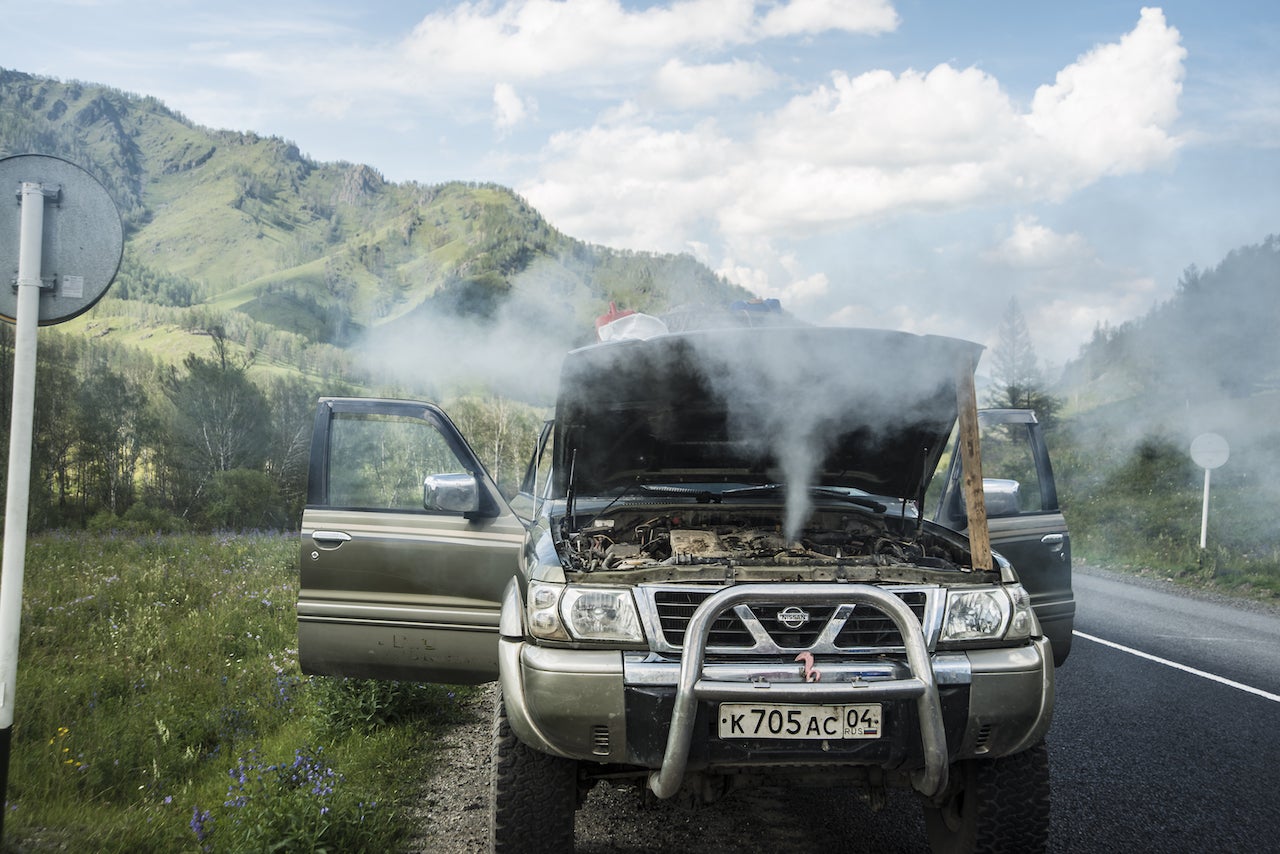
Available roadside assistance services include towing, changing tires, jump start, lockout service, fuel delivery and winching to pull your car out of a place where it’s stuck. Cardholders do not need to enroll for this benefit in advance.
Related: Best credit cards that offer roadside assistance
Travel accident insurance
Should something go wrong during your trip, travel accident insurance provides coverage for a range of accidental losses, including limb, sight, speech or hearing. This benefit can also cover accidental loss of life, paid out to your beneficiary.
- Chase Sapphire Preferred: Up to $500,000 for losses when traveling on a common carrier and up to $100,000 for 24-hour coverage
- Chase Sapphire Reserve: Up to $1 million for losses when traveling on a common carrier and up to $100,000 for 24-hour coverage
It’s worth noting that certain high-risk events are not covered. These include training as a pilot, committing any crime, participating in professional sports, racing a car or motorcycle, intentionally self-inflicted injuries or parachuting. For trips lasting more than 30 days, 24-hour coverage ends at 12:01 a.m. on the 31st day.
Sapphire Reserve-specific benefits
There are two additional travel-related benefits that are available on the Sapphire Reserve but not the Sapphire Preferred. These are the emergency evacuation and transportation benefit and emergency medical and dental coverage.
Emergency evacuation and transportation coverage can cover up to $100,000 in expenses when you or an eligible family member becomes ill or injured during a trip and needs transportation to a suitable medical facility. Note that this benefit requires preapproval from the benefit administrator; otherwise, you will bear the costs of this transportation.
Sapphire Reserve cardholders also enjoy up to $2,500 in emergency medical or dental coverage when traveling, subject to a $50 deductible. You may also qualify for up to $75 per day for up to five days toward the cost of a hotel room.
Bottom line
The Chase Sapphire Preferred and the Chase Sapphire Reserve offer many of the same travel and purchase protections, though some coverage levels are different. The disparity isn’t as vast as you might think, considering their difference in annual fees.
While the Chase Sapphire Reserve is clearly the better card with its superior trip delay insurance, bonus policies and purchase protection, the Chase Sapphire Preferred matches the Reserve in many other categories and is respectable across the board.
Read our post on the Chase Sapphire Preferred vs. Sapphire Reserve to see a concise side-by-side comparison of all other card benefits.
Apply here: Chase Sapphire Preferred
Apply here: Chase Sapphire Reserve




































